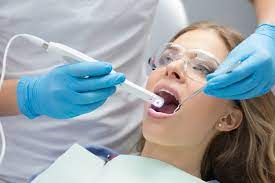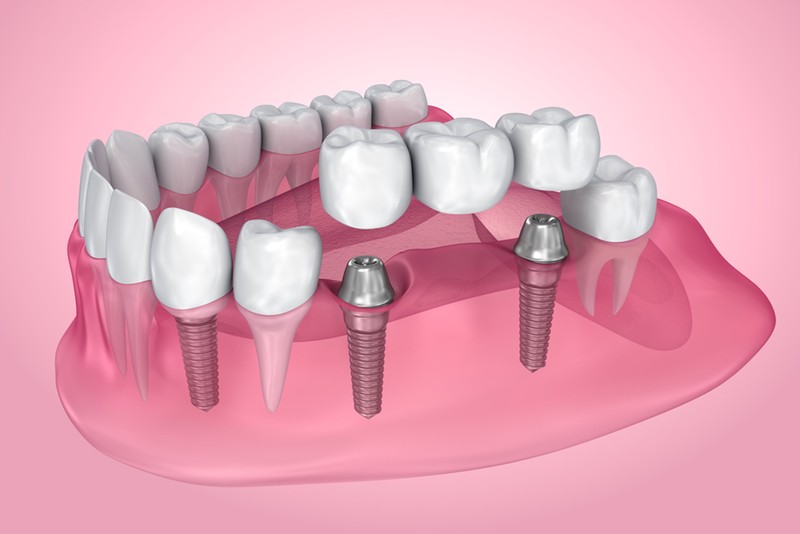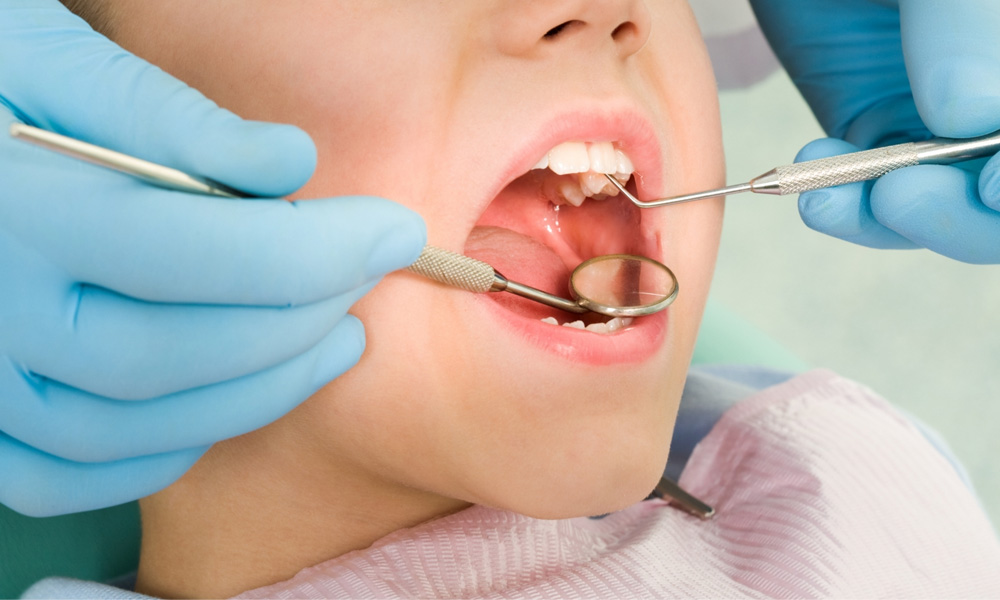Dentistry has come a long way from the traditional tools and techniques of the past. With the integration of innovative technology, dentists now have a vast array of tools at their disposal to provide more accurate diagnoses, precise treatments, and improved patient experiences. This article will delve into the various technological advancements in dentistry and shed light on how professional dentists utilize these innovations for the benefit of their patients https://preciocarillasdentales.com.
Digital Dentistry: The Future is Here
Digital dentistry encompasses a wide range of technologies that have transformed the way dentists approach patient care. From digital X-rays to computerized records and treatment planning, digital dentistry offers numerous advantages such as reduced radiation exposure, enhanced diagnostic capabilities, and streamlined workflows. Dentists can now capture detailed images of teeth and gums, analyze them digitally, and provide personalized treatment options tailored to each patient’s needs.
3D Printing in Dentistry: Shaping the Future of Prosthetics
One of the most groundbreaking innovations in dentistry is 3D printing. This technology allows dentists to create precise and customized dental prosthetics, such as crowns, bridges, and dentures, with incredible accuracy. 3D printing enables faster turnaround times, improved aesthetics, and increased patient satisfaction. Moreover, it has opened up possibilities for complex reconstructive procedures and implant dentistry, making it an indispensable tool for modern dentists.
Laser Dentistry: A Precise and Painless Approach
Laser technology has revolutionized various dental procedures by offering a minimally invasive and virtually painless alternative to traditional treatments. Dentists can now use lasers for gum reshaping, cavity removal, teeth whitening, and even oral surgeries. Laser dentistry reduces bleeding, minimizes discomfort, and promotes faster healing. With lasers, professional dentists can provide their patients with more efficient and comfortable dental care.
Intraoral Cameras: A Clear Picture of Dental Health
Intraoral cameras are small, high-resolution cameras that dentists use to capture detailed images of a patient’s mouth. These images help dentists visualize and diagnose dental conditions more accurately. Patients can also see the images, which enhances their understanding of their oral health and treatment options. Intraoral cameras improve communication between dentists and patients, leading to better treatment decisions and improved patient satisfaction.
Computer-Aided Design/Computer-Aided Manufacturing (CAD/CAM)
CAD/CAM technology combines computer-aided design and computer-aided manufacturing to create precise dental restorations, such as crowns, veneers, and inlays. Dentists use specialized software to design the restorations digitally, which are then milled or 3D printed. CAD/CAM eliminates the need for messy impressions and enables same-day restorations, saving time for both dentists and patients. The accuracy and aesthetics of CAD/CAM restorations contribute to the overall quality of dental treatments.
Robotics in Dentistry: Precision and Efficiency Combined
Robotic systems have made their way into dentistry, offering dentists unparalleled precision and efficiency. Robots can assist dentists during surgeries, implant placements, and complex procedures. These advanced machines can perform repetitive tasks with great accuracy, reducing the risk of errors and improving the success rates of procedures. Robotic dentistry holds immense potential for enhancing surgical outcomes and expanding the scope of dental treatments.
Tele-Dentistry: Expanding Access to Dental Care
Tele-dentistry has emerged as a powerful solution for improving access to dental care, particularly in underserved areas. Through video consultations and remote monitoring, dentists can provide advice, diagnose dental conditions, and prescribe treatments without the need for in-person visits. Tele-dentistry has proven especially beneficial during the COVID-19 pandemic, enabling patients to receive necessary care while minimizing the risk of exposure to the virus.
Augmented Reality (AR) in Dental Education and Treatment Planning
Augmented reality (AR) technology has found its way into dental education and treatment planning. Dentists and students can use AR applications to visualize complex dental procedures, simulate treatment outcomes, and practice techniques in a virtual environment. AR enhances the learning experience, improves treatment accuracy, and enables dentists to communicate treatment plans more effectively with their patients.
Artificial Intelligence (AI) in Dentistry: Enhancing Diagnosis and Treatment
Artificial intelligence (AI) algorithms are transforming the way dentists analyze patient data, diagnose dental conditions, and develop treatment plans. AI-powered systems can analyze large datasets and detect patterns that may not be immediately apparent to human dentists. AI algorithms assist in identifying early signs of oral diseases, predicting treatment outcomes, and improving the overall accuracy and efficiency of dental care.
The Benefits of Innovative Technology in Dentistry
The integration of innovative technology in dentistry brings numerous benefits to both dentists and patients. It improves diagnostic accuracy, enhances treatment outcomes, reduces treatment times, and increases patient comfort. Innovative technologies also empower dentists to provide personalized and precise dental care tailored to each patient’s unique needs. Patients can enjoy more efficient treatments, faster recoveries, and improved oral health outcomes.
Challenges and Limitations of Technological Advancements
While technological advancements in dentistry offer immense potential, they also come with challenges and limitations. Implementing new technologies requires financial investments, training, and adapting to changing workflows. Additionally, there are concerns about data privacy and security in digital dentistry. It is essential for dental professionals to carefully evaluate the benefits and limitations of each technology to ensure responsible and ethical implementation.
The Role of Professional Dentists in Utilizing Innovative Technology
Professional dentists play a crucial role in utilizing innovative technology to its fullest potential. They undergo continuous education and training to stay updated with the latest advancements. Dentists must carefully assess each patient’s needs, select the appropriate technologies, and ensure seamless integration into their practice. By combining their expertise with innovative tools, dentists can deliver exceptional dental care and improve patient outcomes.






